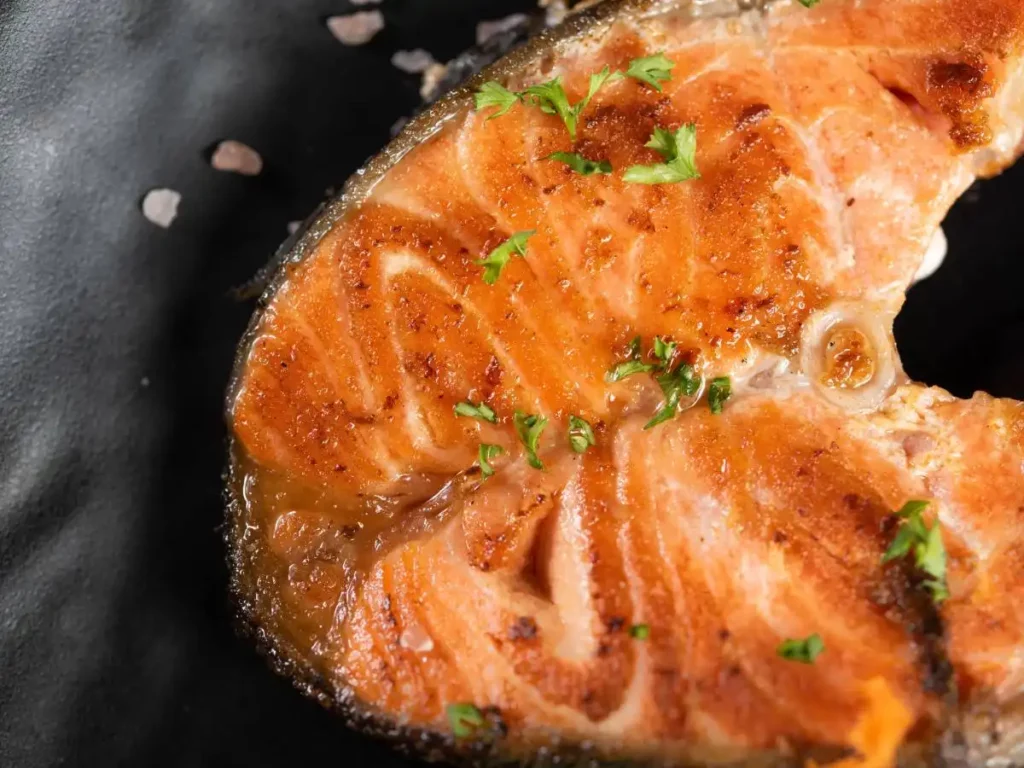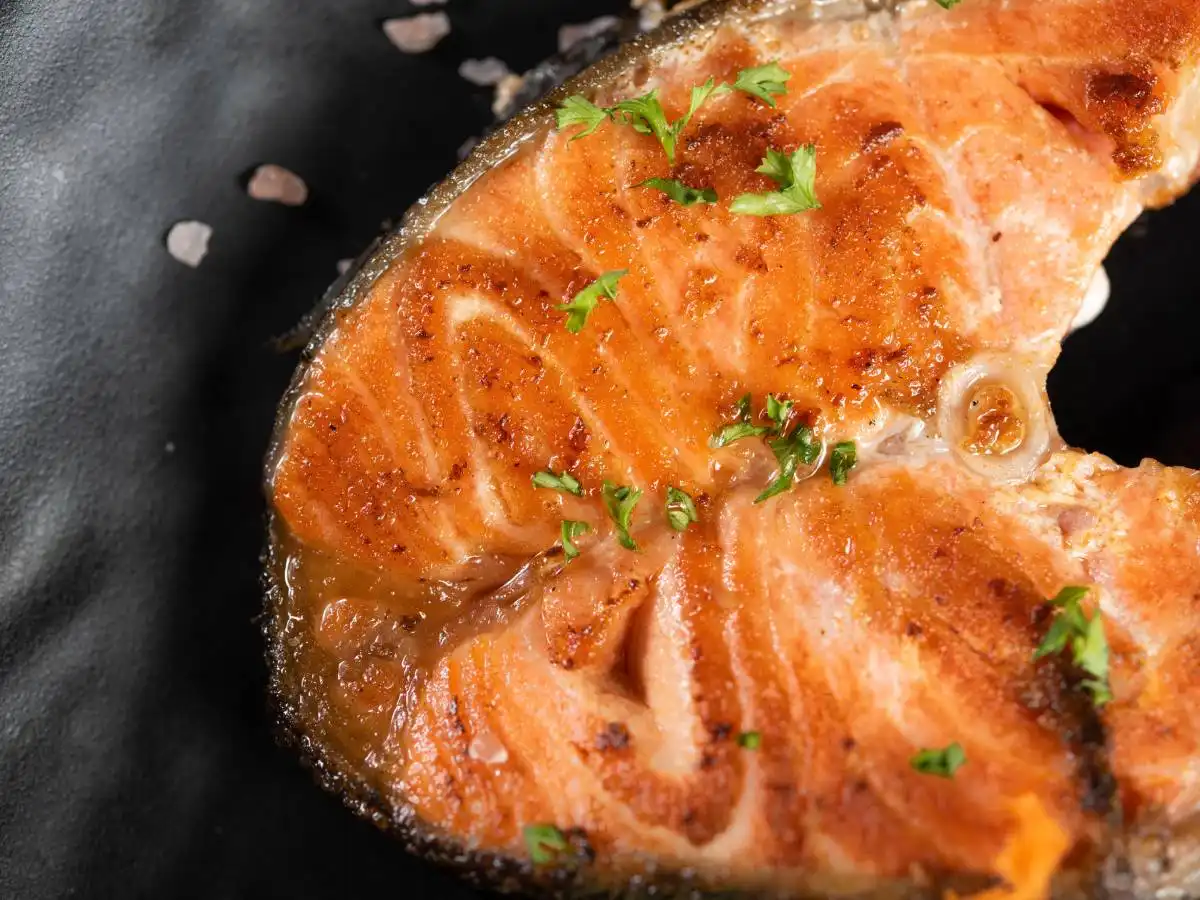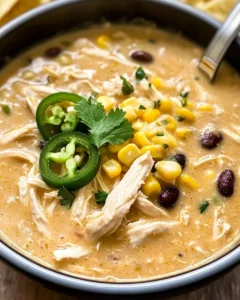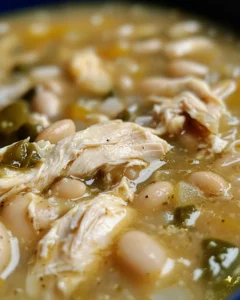Baking salmon at a perfect 400°F strikes a delightful balance between ease and elegance, transforming a simple piece of fish into a succulent feast. This temperature, often hailed as the magic number, ensures that your salmon is cooked through, yet remains moist and tender, bursting with flavors that are only enhanced by the right marinades and seasonings. Whether you’re a seasoned chef or a kitchen novice, mastering the art of baking salmon at 400°F can elevate your culinary game, impressing guests and satisfying your palate. In this comprehensive guide, we’ll walk you through selecting the best salmon, preparing it with mouthwatering marinades, baking it to perfection, and serving it with style. Plus, we’ll answer all your burning questions along the way. So, let’s dive in and unlock the secrets to baking the most flavorful, juicy salmon you’ve ever tasted.


Introduction to Baking Salmon at 400°F
Why 400°F is the Magic Number for Baking Salmon
Ah, 400°F, a temperature that’s just right—not too hot, not too cool, but a perfect middle ground for baking salmon. At this cozy temperature, salmon fillets transform into a tender, flaky delight, with each bite melting in your mouth. The beauty of baking at 400°F lies in its ability to cook the salmon evenly, ensuring that the inside is just as perfectly done as the outside. No more, no less, it’s the Goldilocks of oven temperatures for fish aficionados.
Overview of the Article
In the journey we’re about to embark on, we’ll explore the ins and outs of baking salmon at this optimal temperature. From the moment you select your salmon at the store, to the final presentation on the plate, every step is crucial in achieving that juicy, flavorful masterpiece. We’ll delve into the world of marinades and seasonings, uncovering how they contribute to the salmon’s taste and moisture. Then, we’ll master the baking techniques that make or break your dish, followed by creative ideas for serving your salmon with flair. Along the way, we’ll tackle common FAQs to ensure your salmon baking adventure is as smooth as the fish itself. So, buckle up, and let’s get started on this flavorful journey.
Selecting and Preparing Your Salmon
Choosing the Right Type of Salmon
When it comes to baking salmon, not all fish are created equal. The first step to culinary success is selecting the right type of salmon. Wild-caught varieties like King, Coho, and Sockeye boast a richer flavor profile and firmer texture, making them ideal candidates for the oven. On the flip side, if you’re after something a bit milder, farm-raised Atlantic salmon might just be your cup of tea. Remember, the fresher, the better. Look for salmon with bright, vibrant flesh and a clean smell. A trip to a trusted seafood counter can make all the difference in ensuring you’re starting with the best possible ingredient.
To Skin or Not to Skin?
This is the question! While some folks swear by leaving the skin on to help retain moisture, others prefer to remove it to allow the marinade to penetrate more deeply. If you’re baking the salmon, consider removing the skin. This way, the flavors of your chosen seasonings will have a chance to infuse the fish from all sides, elevating the taste to new heights. Plus, without the skin, you’re left with nothing but the tender, flaky goodness of the salmon itself.
Portion Sizes and Cutting Techniques
Portion size matters, especially when it comes to ensuring each piece of salmon cooks evenly. A good rule of thumb is to aim for 6-8 oz. fillets. If you’re working with a whole side of salmon, don’t fret. Simply slice it into 2-inch wide pieces, keeping them as uniform as possible. This not only helps in achieving an even bake but also makes for a lovely presentation on the plate. Remember, the key to a perfect bake starts long before the salmon hits the oven—it’s in the prep.
With your salmon selected and prepped, you’re well on your way to creating a dish that’s bound to impress. The right choice in salmon, coupled with thoughtful preparation, sets the stage for a meal that’s not just nourishing but also a feast for the senses. Stay tuned, as we dive deeper into the art of flavoring your salmon with marinades and seasonings in the next section, where the real magic begins.
Flavoring Your Salmon: Marinades and Seasonings
The Role of Marinades
Marinades do more than just add flavor; they’re the secret to tender, juicy salmon that bursts with taste. A good marinade combines acid, oil, and herbs or spices to create a symphony of flavors that penetrate deep into the salmon. The acid, often lime or lemon juice, tenderizes the fish, while the oil ensures it stays moist during baking. When it comes to choosing your herbs and spices, the world is your oyster. Whether you lean towards the bright zestiness of cilantro or the warm, earthy notes of smoked paprika and cumin, your marinade can be tailored to suit your palate.
Seasoning Blends for Every Palate
Not all heroes wear capes—some come in the form of seasoning blends that transform your salmon from ordinary to extraordinary. For a classic touch, a simple sprinkle of salt and pepper does wonders. However, for those adventurous at heart, experimenting with blends like chili-lime, dill-lemon, or maple-garlic can elevate your salmon to new culinary heights. Remember, the key to a great seasoning blend is balance. You want to enhance, not overpower, the natural flavor of the salmon.
Customizing Your Flavor Profile
The beauty of baking salmon is the endless possibilities for customization. Love a bit of heat? Add a dash of chipotle chili powder to your marinade. Craving something sweet and savory? A hint of honey pairs beautifully with the tanginess of lime. The goal is to create a flavor profile that complements the salmon, making each bite a delightful experience. Don’t be afraid to experiment—sometimes, the most unexpected combinations can lead to the most delicious discoveries.
With your salmon now marinating in a concoction of flavors, you’re just a step away from bringing it all together in the oven. The right marinade and seasoning blend not only promise a delicious outcome but also ensure your salmon remains moist and tender, with every forkful a testament to your culinary prowess. Up next, we’ll delve into the baking techniques that will bring your perfectly flavored salmon to its ultimate glory. Stay tuned, as we’re about to turn up the heat and get down to the business of baking.


